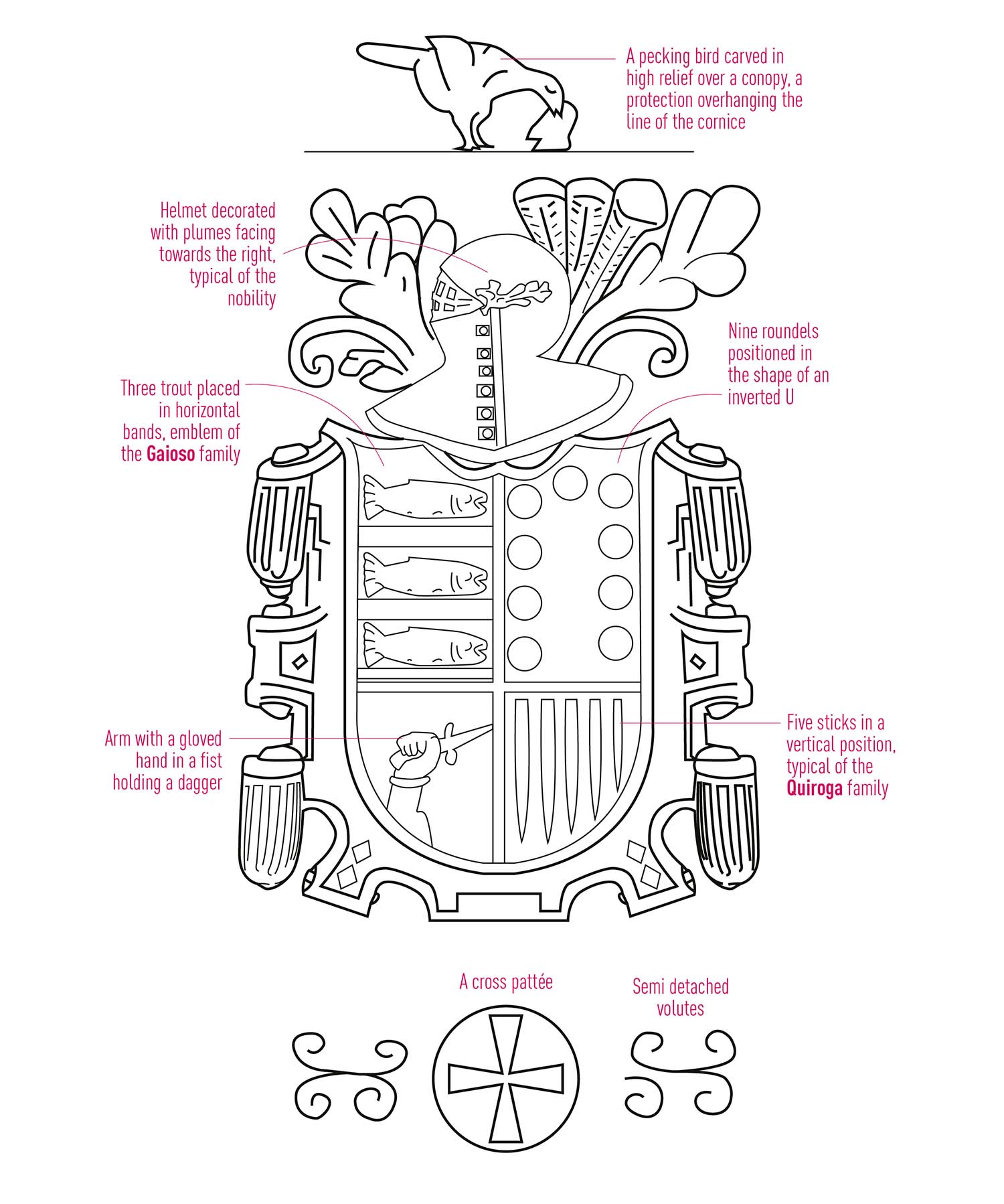The Galician Manor houses and the blazons or coats of arms are one of the symbols of Modern Age Galicia. Together with this material brand, the nobleman’s world has left its mark on cultural creation. Both nineteenth-century literature and the first half of the 20th century portrayed an image of the nobility of rural and urban palaces, such as those found in the town of Viana.
Not all nobles lived in those types of luxurious houses. Many resided in blazoned houses. Writers such as Pardo Bazán, Valle-Inclán or Otero Pedrayo, a man who was very close to Viana do Bolo thanks to his student, Charo Castells, who portrayed in an ingenious way the world of Galician nobility that had just disappeared.
"The experiences of the Galician Manor houses and the society cultivated in the capital city, reached antiquarian high standards. They presided over a world on the fringes of the great paths of history and fulfilled a profound patriarchal dedication. The beauty of the land of Viana is reflected by the contrast with the summits illustrated by the rhythmic compositions of the herds and the profound beauty of solemn forests as temples and the grace of river vegetations finely susceptible to the initiation of spring, like the elegiac autumn farewell ".
Ramón Otero Pedrayo
Prolog of "The natural region of Viana del Bollo" by María del
Rosario Castells (1967)
